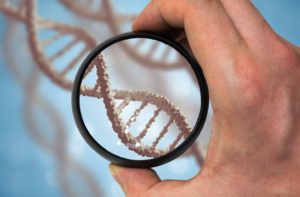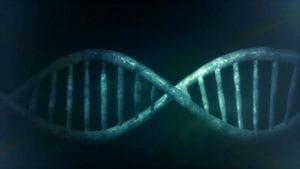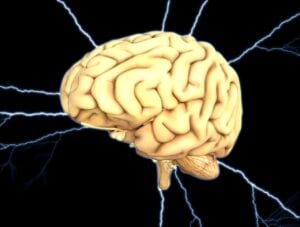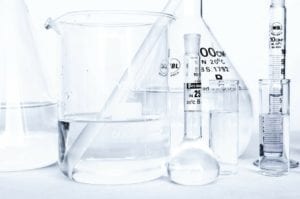Mucopolysacchariodosis Type I (MPS I) a.k.a. Hurler Syndrome
What is MPS I (Hurler Syndrome)?
MPS I, also known as Hurler syndrome, is a rare metabolic disease in which a person cannot break down long chains of sugar molecules called mucopolysaccharides. These chains are present all over the body, particularly in mucus and in the fluid around the joints, so MPS I affects the entire body. There are four kinds of mucopolysaccharide diseases.
Click here to read about the different types of MPS I.
What causes MPS I (Hurler Syndrome)?
MPS I is called be an inadequate lysosomal alpha-L-iduronidase enzyme, which helps break down mucopolysaccharides. These molecules can thus build up and damage organs, causing the symptoms of MPS I.
The defective enzyme that causes MPS I is inherited in an autosomal recessive pattern.
What are the symptoms of MPS I (Hurler Syndrome)?
The age of onset for symptoms of Hurler syndrome is usually between three and eight years, and even infants who have severe MPS I can appear normal at birth. However, once the symptoms set in, they include:
- Abnormal spinal bones or curved spine
- Claw hands i.e. short, broad hands with curving fingers
- Cloudy corneas
- Halted growth
- Heart valve problems
- Joint disease and joint stiffness, such as knock-knees and toe-walking
- Progressive intellectual disability
- Tick, coarse facial features with a low nasal bridge
- Deafness
How is MPS I (Hurler Syndrome) diagnosed?
After a thorough clinical evaluation with a full patient and family history, MPS I can be diagnosed using a EKG test, an X-ray of the spine, and urine tests to account for mucopolysaccharide levels. Genetic tests can be done to find changes to the alpha-L-iduronidase (IDUA) gene and confirm the diagnosis.
What are the available treatments for MPS I (Hurler Syndrome)?
MPS I can be treated using enzyme replacement therapy to add a working form of the defective alpha-L-iduronidase enzyme back to the body. The medicine to do this is called laronidase (Aldurazyme) and is given through an IV. This treatment has changed the outlook for many children who suffer from MPS I, as it can relieve most symptoms and slow the progress of the disease, although it doesn’t help treat any brain symptoms that arise.
In addition to this, bone marrow transplant (hematopoietic stem cell transplant) has been used in some people with MPS I, though the results show that this is most effective before two years of age and still cannot fix the bone or eye problems from the disease.
Other treatments for MPS I are symptomatic and supportive.
Where can I find more information on MPS I (Hurler Syndrome)?
Mucopolysacchariodosis Type I (MPS I) a.k.a. Hurler Syndrome Articles

Zachary Thomas Newborn Screening Act Could Introduce MPS I to Alabama’s Newborn Screening Panel


Researchers Track Gene Therapy’s Impact on Neural Connections in Hurler Syndrome


Patient Story: The Story Of A Young Boy with MPS 1 Aids in Donations for Rare Disease Center






